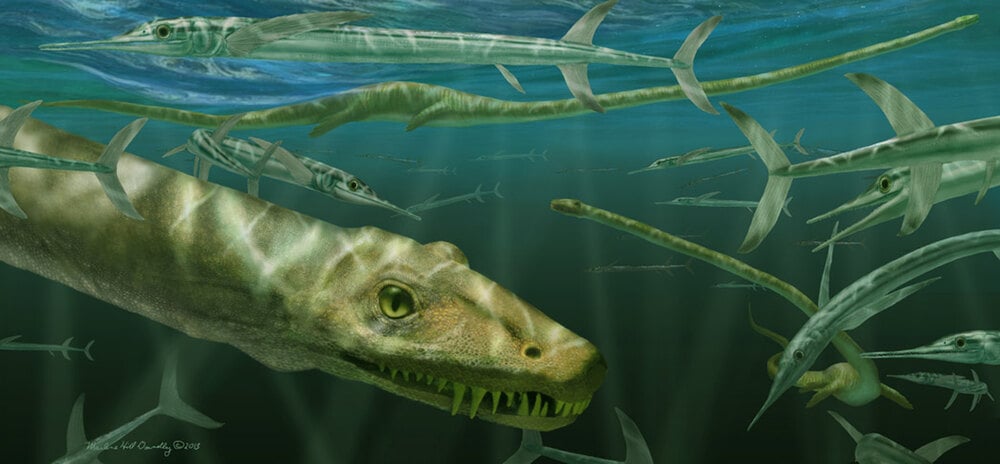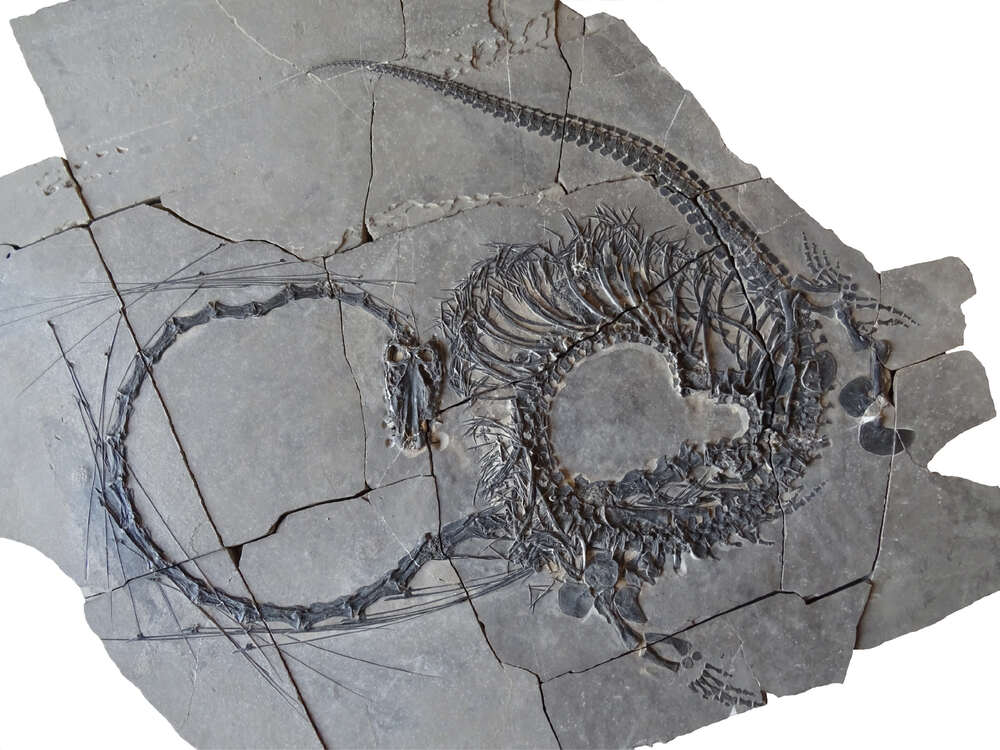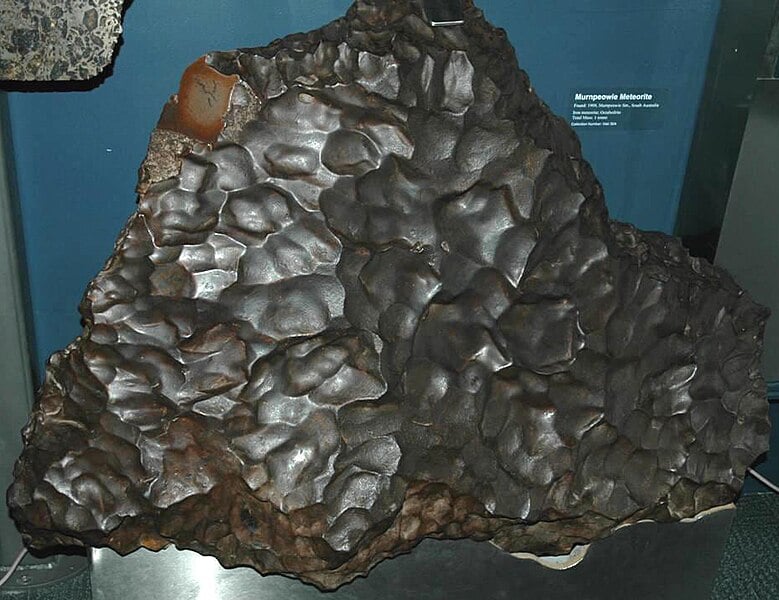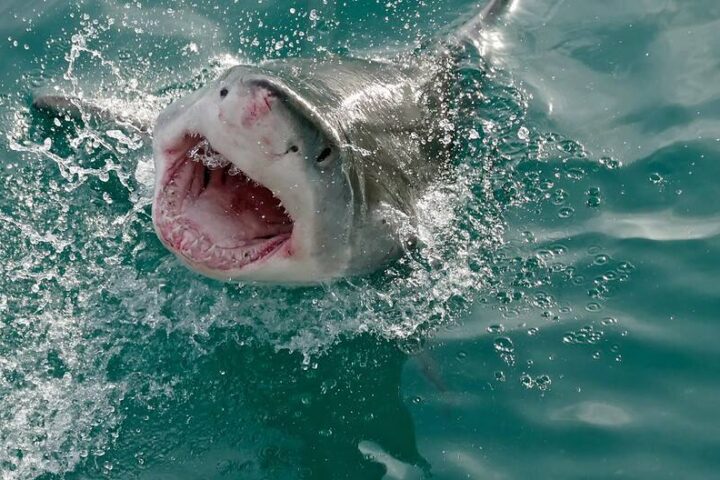A remarkable fossil unearthed in southern China has given scientists their first complete look at a creature that resembles the mythical Chinese dragon. The 240-million-year-old marine reptile, scientifically named Dinocephalosaurus orientalis, stretched about 16 feet long with a striking snake-like neck.
The fossil, found in Guizhou Province, represents the most complete specimen ever discovered of this Triassic period creature. While first identified in 2003 from partial remains, this new discovery allows paleontologists to see the entire animal for the first time.
“This discovery allows us to see this remarkable long-necked animal in full for the very first time,” said Dr. Nick Fraser from the National Museums Scotland. “It is yet one more example of the weird and wonderful world of the Triassic that continues to baffle paleontologists.”
Unique Neck Structure Unlike Any Modern Animal
What makes Dinocephalosaurus truly unusual is how it developed its extraordinary neck. Unlike other long-necked marine reptiles like plesiosaurs (which evolved much later), Dinocephalosaurus added more vertebrae rather than simply elongating existing ones. The creature had 32 separate neck vertebrae, creating exceptional flexibility that likely helped it hunt fish and other marine prey.

The fossil also contained preserved fish remains in the stomach region, confirming its diet and fully marine lifestyle. Another significant finding is that Dinocephalosaurus gave birth to live young rather than laying eggs – a rare trait among reptiles that signals its complete adaptation to sea life without needing to return to land.
Similar Posts:
International Research Effort
The discovery represents the result of collaborative work between scientists from China, the United States, the United Kingdom, and Europe. Their findings were published in the journal Earth and Environmental Science: Transactions of the Royal Society of Edinburgh.
Professor Li Chun from the Institute of Vertebrate Palaeontology and Palaeoanthropology in Beijing, who was involved in both the initial 2003 identification and this recent study, highlighted the significance of the find.
“This has been an international effort,” said Professor Li. “Among all of the extraordinary finds we have made in the Triassic of Guizhou Province, Dinocephalosaurus probably stands out as the most remarkable.”
Dragon Connection Sparks Public Interest
The fossil’s striking resemblance to the mythical Chinese dragon has generated widespread public interest. Its elongated body, snake-like appearance, and marine adaptations paint a picture of an unusual predator that once patrolled ancient seas.
Dr. Stephan Spiekman, a postdoctoral researcher at the Stuttgart State Museum of Natural History who participated in the study, expressed hope that future research would reveal more about how the animal used its extraordinary neck and its evolutionary relationships to other marine reptiles.

In 2021, scientists placed Dinocephalosaurus in its own family, Dinocephalosauridae, recognizing its unique characteristics that set it apart from similar creatures of the period.
The discovery provides a window into the diverse and sometimes bizarre forms of life that evolved during the Triassic period, which followed Earth’s largest mass extinction event and saw the rise of many new species as life recovered and diversified into newly available ecological niches.


















